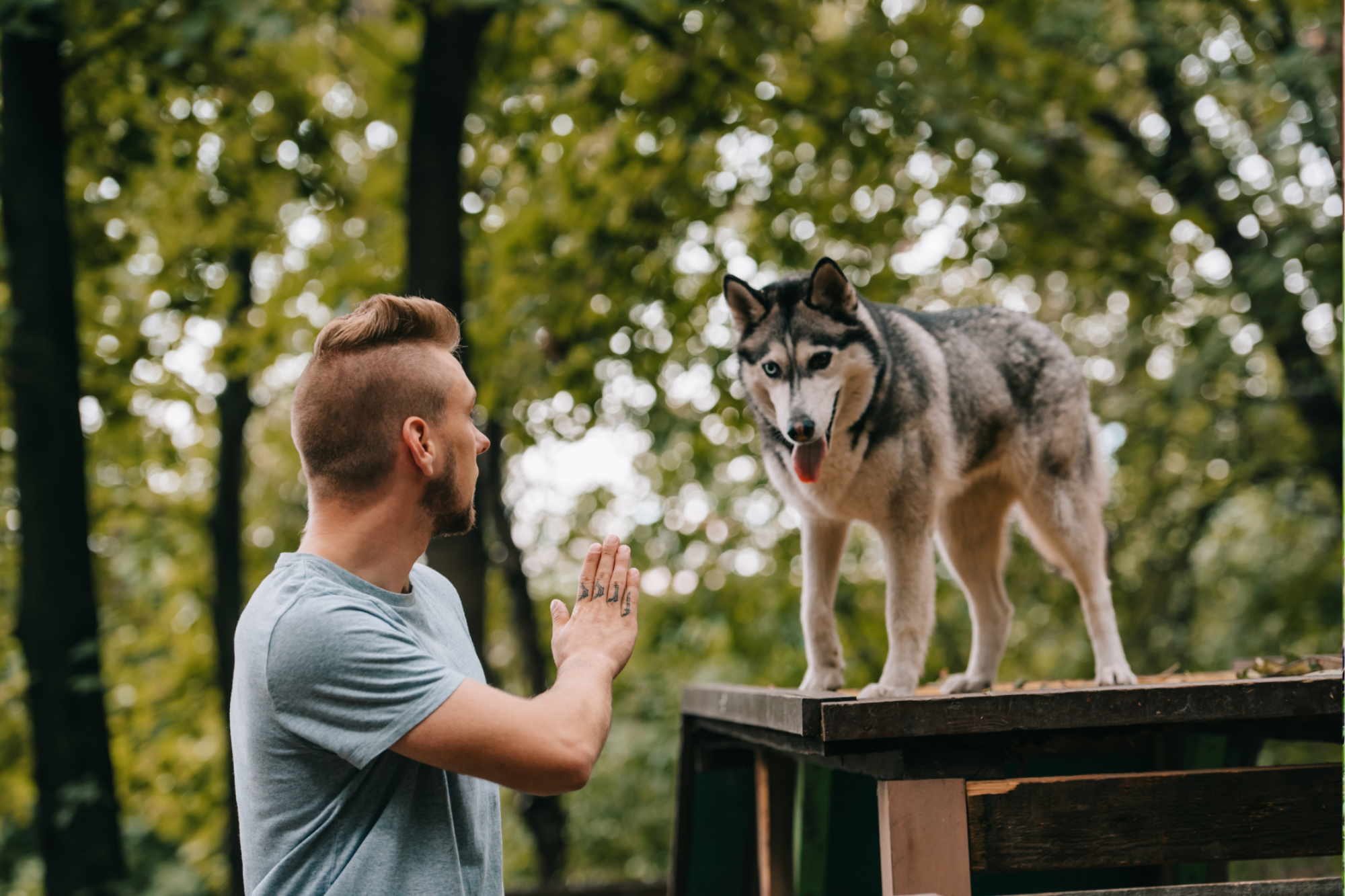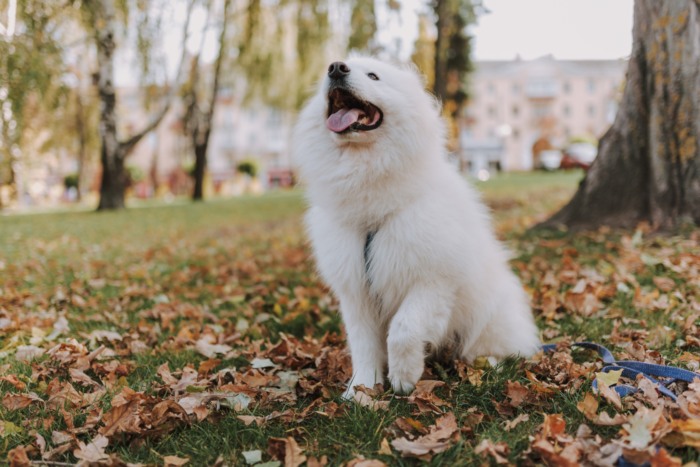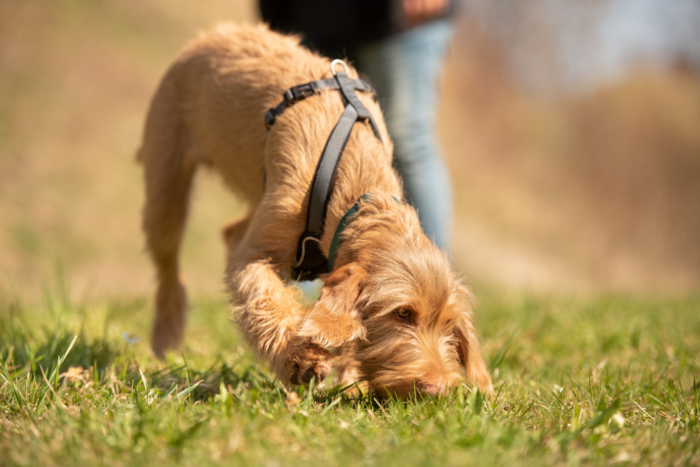Your dog is not responding to the cue? Your cue is not on time!
Have you ever looked at your dog during a walk trying to decide if he will listen and come to you if you call? And then decide to take a chance, just to realize that your dog was super busy with sniffing something irresistible, and not paying attention at all… Or maybe you have tried to get your dog to sit having to repeat what you say before he does what you ask. Perhaps your dog is not blowing you off – dogs rarely do – perhaps the problem is as simple as your cue is not on time.
Timing of the click
In clicker training we talk a lot about timing, and for the most part we mean the timing of the click. “The click should be as timely a camera shutter”. Sounds familiar? But how often do you consider when you should cue your dog? If you do dog sports you might know how important this is. An agility dog not getting information in time – or too early – might miss the next obstacle getting unnecessary faults. If I want my dog to heel and say “heel” as he is looking away – he might miss that first step together. I train my dogs in freestyle, doggy dancing, and in order to the program to be as smooth as caramel sauce I need to pay attention to detail. If I ask my dog to jump the cane, or put his front paws on the cane, or circle the cane, I want not just my verbal cue but also the context to tell him what to do. I need to say “jump” “up” or “around” when the cane is present, when it´s possible for him to choose right. Otherwise my cue is off, and I can´t expect him to do the exercise as I want.
Does your dog hear the cue?
But also in everyday life I want to make myself understood, I want to make it fair for my dog so that he has a chance of understanding. And the best way to make sure your dog will hear you is to look for signs that he listens. Ask him to come when he is finished sniffing, ask him to walk loosely on lead when he is looking towards you. Ask him to sit when he is not preoccupied looking for the neighbors’ cat. I borrow this strategy from the philosophy of using start buttons in training: looking at my dogs body language to see when he is ready. Simple, smooth and error free.
See also other posts:
June 30, 2023
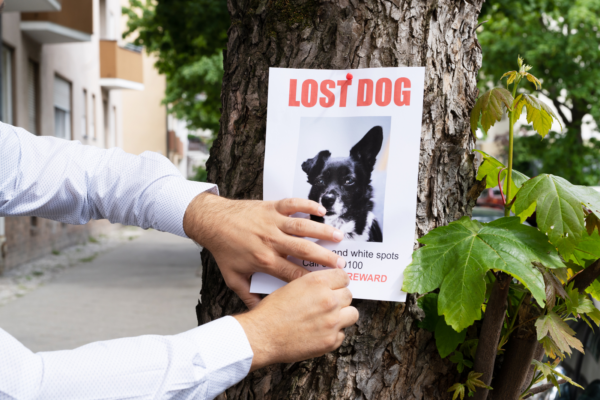
Get Your Lost Dog Back Home Quickly: Follow These 12 Tips for Success
Vacations favor more frequent and longer walks with our furry friends. We travel, visit new places. Summer makes us loosen our brakes and allow our…
June 30, 2023
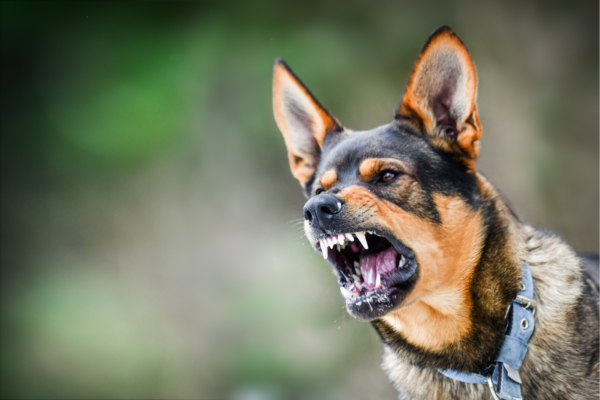
Managing Aggressive Dog Behavior: Tips for Peaceful Living
Living with an aggressive dog may seem challenging, but it can be peaceful and manageable with the right approach. One key aspect is to remain…
June 30, 2023
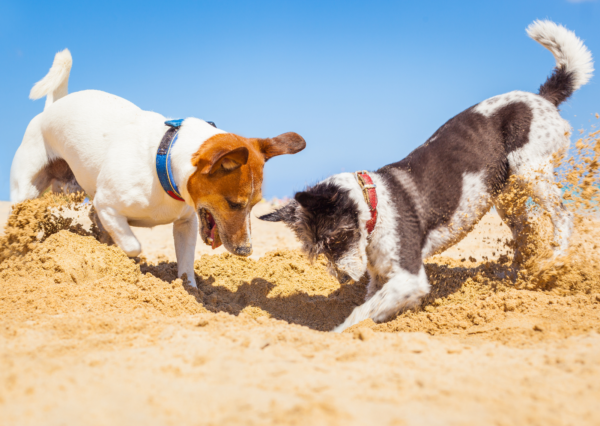
Unlocking the Secret to Successful Puppy Socialization: Quality over Quantity
Today, although the topic is very important, I will keep it brief. Socialization is a topic that could fill books or scientific papers. However, today…

